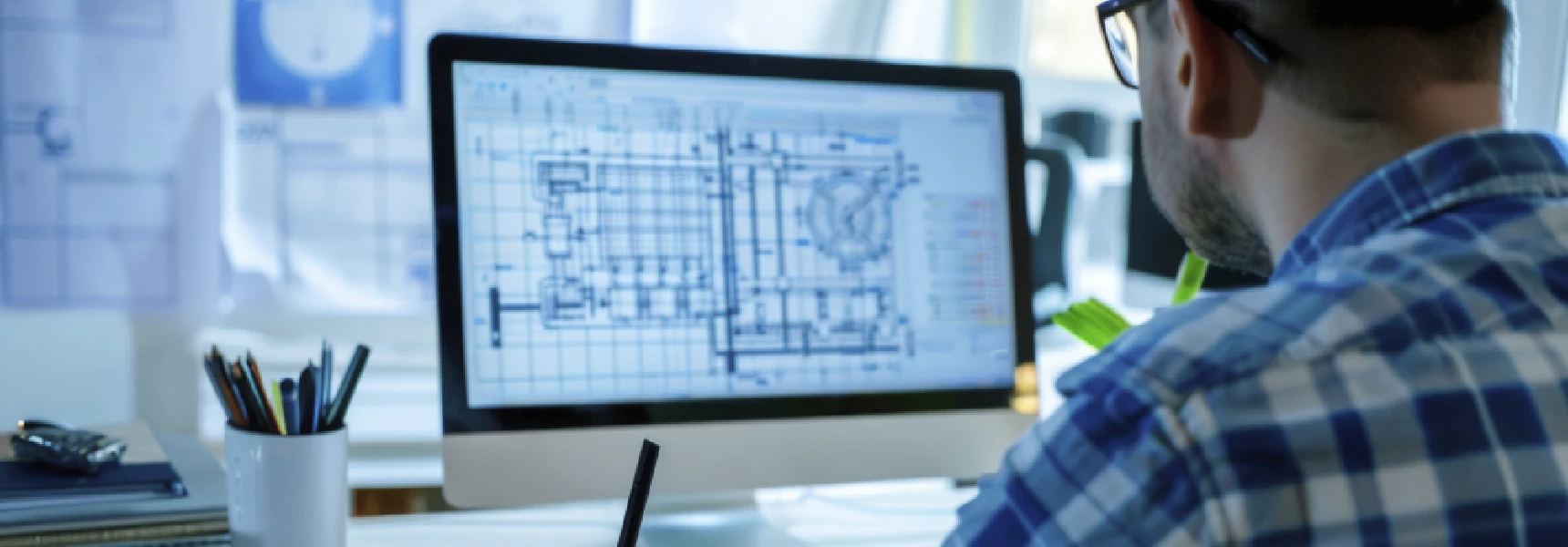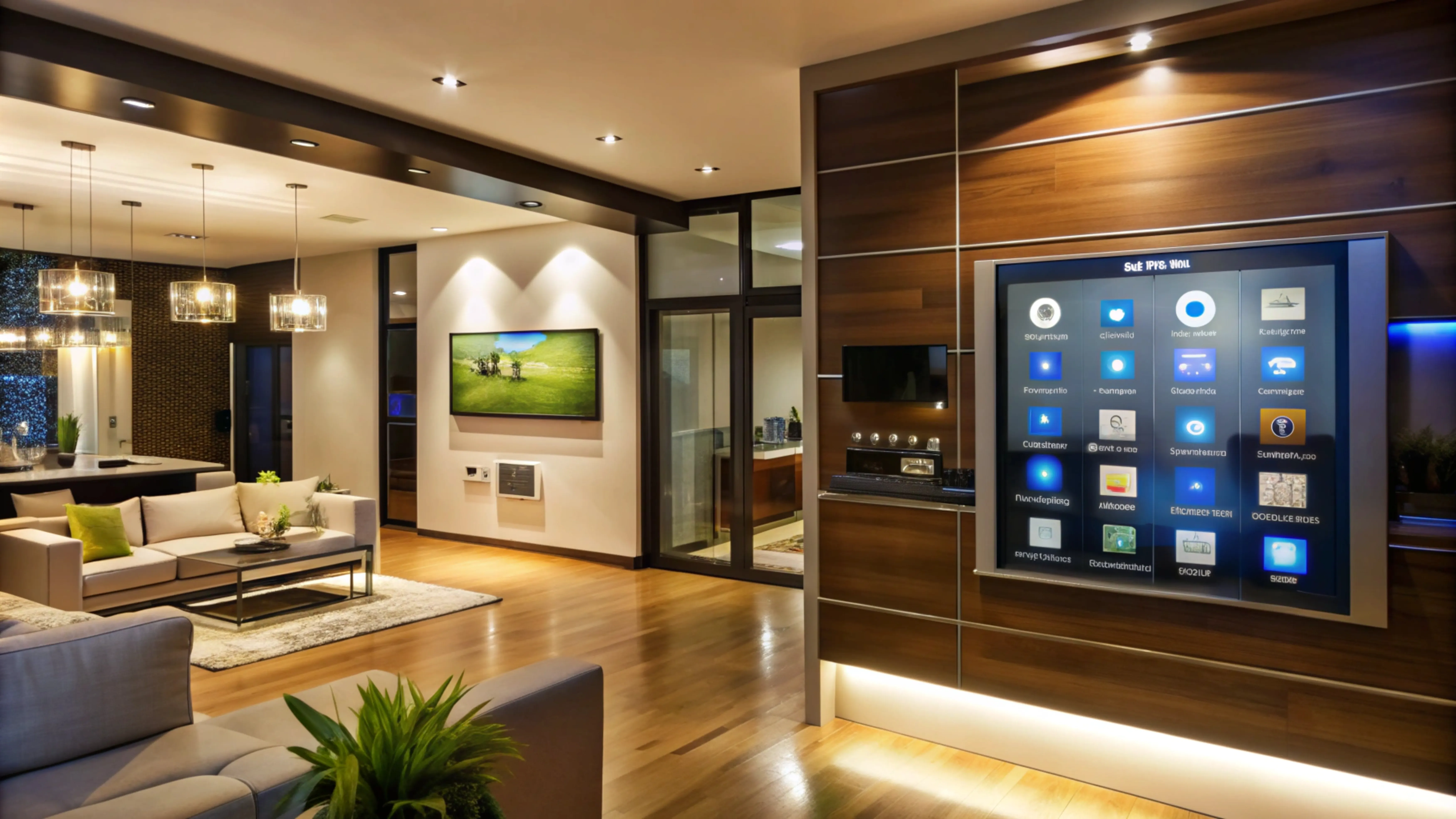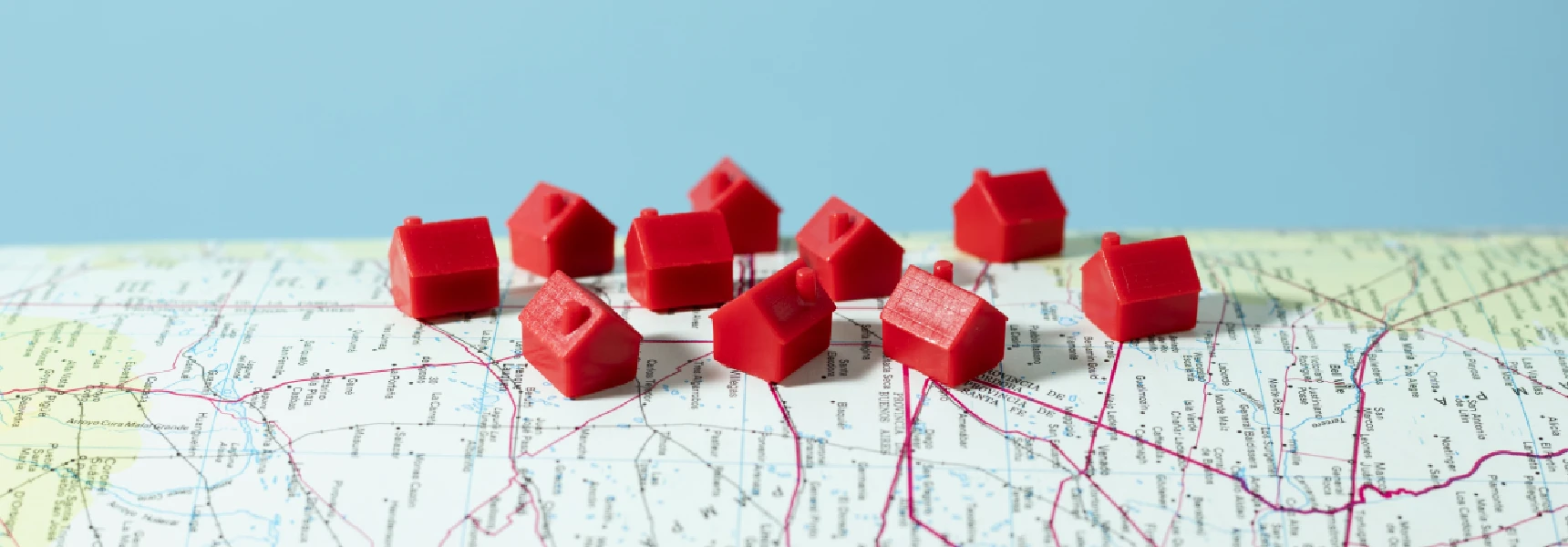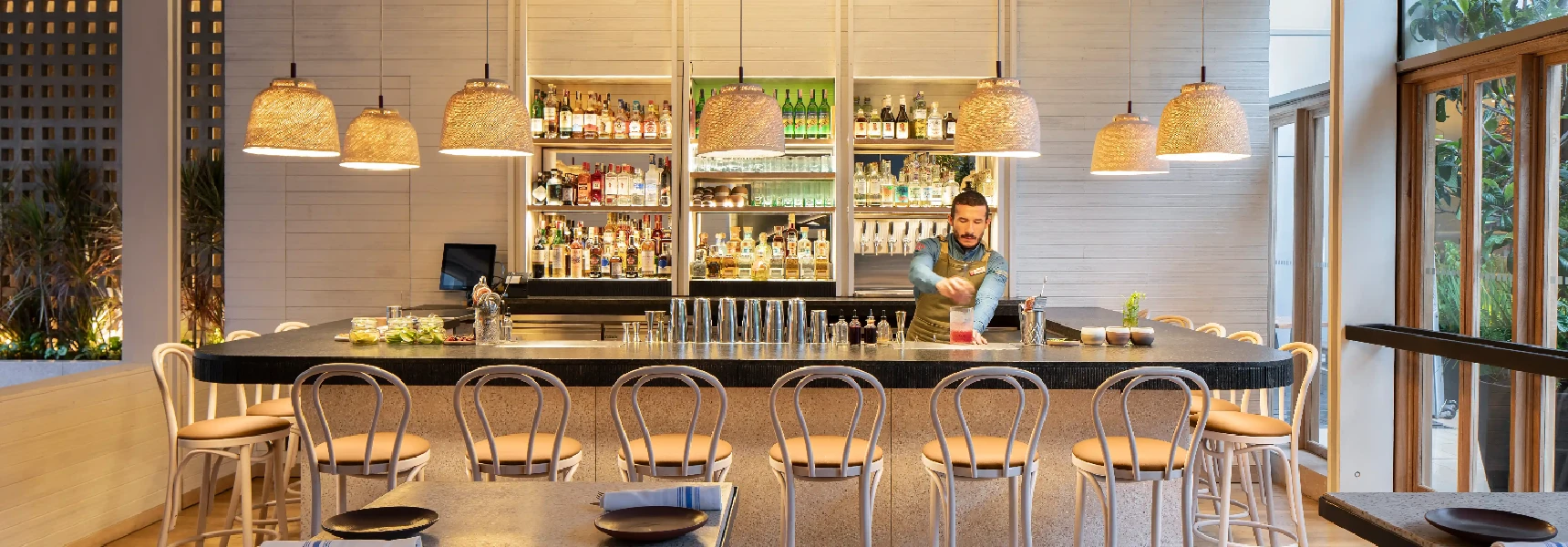Technology
The Role of Technology in Modern Workplace Design

The workplace has evolved dramatically in recent years, and technology has played a pivotal role in shaping how offices are designed, built, and managed. From smart automation to AI-driven space planning, technology is helping businesses create efficient, flexible, and employee-centric work environments.
As hybrid work models continue to gain traction, organizations are turning to cutting-edge design technology to optimize space utilization, enhance collaboration, and improve the overall employee experience. In this blog, we explore how innovative tools and technologies are redefining workplace design.
Key Technologies Shaping Workplace Design
1. Artificial Intelligence (AI) & Data-Driven Space Planning
AI is revolutionizing workplace design by providing real-time insights into space utilization and employee behavior. AI-powered tools analyze how employees interact with office spaces, allowing companies to:
- Optimize floor plans based on actual usage patterns.
- Predict future space needs using data-driven forecasting.
- Enhance productivity by designing environments tailored to work styles.
For example, AI-driven smart sensors track occupancy levels, helping businesses make informed decisions about office layouts and resource allocation.

2. Building Information Modeling (BIM)
BIM is a digital technology that enables architects and designers to create highly detailed 3D models of office spaces before construction begins. This allows for:
- Virtual walkthroughs to visualize designs before they are built.
- Seamless collaboration between architects, engineers, and clients.
- Efficient planning of electrical, plumbing, and HVAC systems within office layouts.
BIM helps companies save time and costs by identifying design flaws early and improving the overall efficiency of workplace construction.
3. Smart Office Systems & IoT Integration
Internet of Things (IoT) technology is making workplaces smarter and more efficient. IoT-enabled devices collect real-time data to enhance workplace functionality, such as:
- Automated climate control systems that adjust temperature based on occupancy.
- Smart lighting that adapts to daylight levels to save energy.
- Touchless access control & security systems for seamless entry and exit.
By integrating IoT solutions, companies can create intelligent workspaces that improve comfort, efficiency, and sustainability.

4. Virtual Reality (VR) & Augmented Reality (AR) in Workplace Design
VR and AR are revolutionizing the design process by offering immersive experiences that allow stakeholders to interact with office layouts before they are built. These technologies enable:
- Virtual office tours for remote teams to experience the space before construction.
- Real-time design modifications to visualize different layout options.
- Employee input on workspace preferences through interactive VR simulations.
Using VR and AR, companies can test and refine office designs in a virtual setting, ensuring that the final workspace meets both aesthetic and functional requirements.
5. Smart Desks & Adaptive Workstations
As hybrid work becomes the norm, offices need to accommodate changing occupancy levels. Smart desks and adaptive workstations allow employees to personalize their workspace with features like:
- Height-adjustable desks for ergonomic flexibility.
- Integrated desk booking systems to manage workspace availability.
- Smart screens and AI-powered assistants that provide real-time productivity insights.
These adaptive workstations ensure that employees have a comfortable and efficient workspace tailored to their individual needs.

6. Digital Twin Technology
A digital twin is a virtual replica of a physical workspace, allowing designers and facility managers to simulate and test different layouts in real time. Digital twin technology helps businesses:
- Analyze traffic flow and optimize space allocation.
- Improve energy efficiency by testing different environmental controls.
- Enhance safety by simulating emergency evacuation scenarios.
By using digital twins, companies can refine workplace design strategies before implementing changes, leading to more efficient and cost-effective solutions.
How Technology Enhances the Employee Experience
1. Hybrid Work Optimization
With many employees alternating between remote and in-office work, technology helps create a seamless hybrid experience by offering:
- Smart scheduling systems to reserve desks and meeting rooms.
- AI-powered collaboration tools that bridge the gap between remote and on-site employees.
- Virtual whiteboards and shared workspaces for real-time idea sharing.
2. Employee Well-Being & Wellness-Focused Design
The integration of technology-driven wellness features is improving employee satisfaction. Offices now include:
- Biophilic design elements controlled by smart environmental systems.
- AI-powered air quality monitoring for healthier workspaces.
- Wearable tech integration that encourages movement and posture adjustments.

3. Sustainability & Energy Efficiency
Modern office designs incorporate sustainable technologies to reduce carbon footprints. Innovations include:
- Smart lighting and climate control systems that reduce energy consumption.
- Green building materials & renewable energy solutions.
- Automated recycling and waste management systems.
The Future of Workplace Design is Here
Technology is reshaping the way we design and interact with office spaces. By integrating AI, IoT, VR, and other cutting-edge tools, businesses can create dynamic, efficient, and people-centric workplaces that support productivity and collaboration.
Get Expert Guidance for Your Tech-Enabled Workplace
Is your company ready to transform its office into a smart, hybrid-friendly environment? At AI Spaces, we specialize in integrating technology-driven design solutions to enhance workplace efficiency, flexibility, and employee experience.
Contact us today to learn how we can help you build the workplace of the future!


